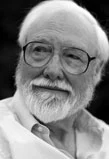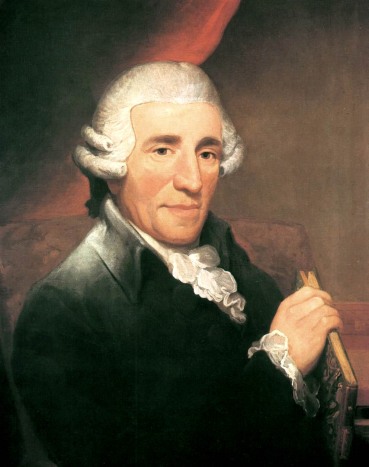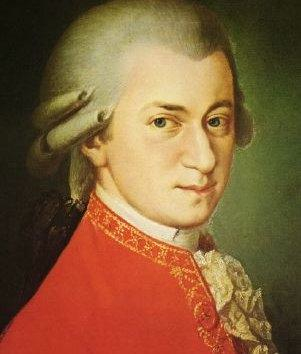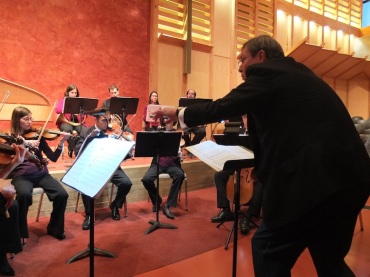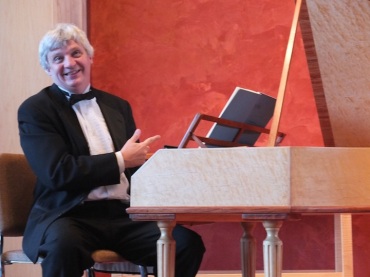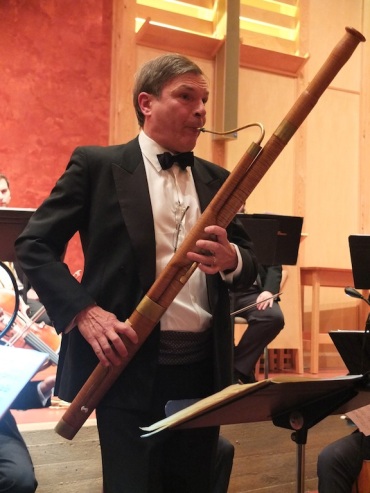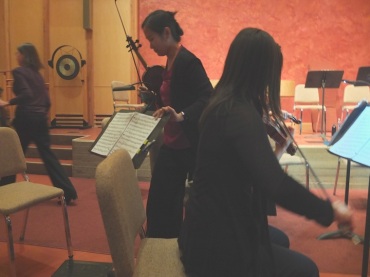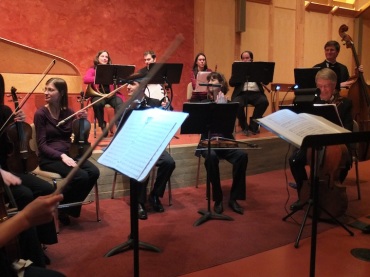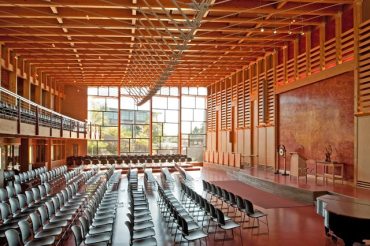The Well-Tempered Ear
Classical music: What is good music to listen to on Labor Day and to honor work? Here is a list to choose from. Can you add more?
5 Comments
REMINDER: The 37th annual Labor Day Concert by the Karp Family will take place tonight at 7:30 p.m. in Mills Hall on the University of Wisconsin-Madison campus. Admission is FREE. The program includes works by Johann Sebastian Bach, Ludwig van Beethoven and Benjamin Britten as well as William Shakespeare.
Here is a link to a recent post with more details:
By Jacob Stockinger
Today is Labor Day, 2015. (Below is a famous work photo by American photographer Lewis Hine.)
How can you celebrate it in music?
Here is a list of classical music that pertains to labor.
http://www.musiclassical.net/labor.html
And here is a poll from famed radio station WQXR FM in New York City:
http://www.wqxr.org/#!/story/poll-what-music-best-captures-spirit-labor-day/
Below is “The Fruits of Labor” by famed Mexican artist Diego Rivera.
Finally, here are links to three previous posts about Labor Day that The Ear did.
The first one is from 2014, when the day seemed a good occasion to remember all the other unnamed people besides performers — from the box office and administration to the stage — who make the musical performances we enjoy possible:
The second post is from in 2013 and talks about the hard work of creating art and performing it — such as required from a huge symphony orchestra (below) or a small ensemble or an individual. It also features other lists and something fitting from the “Farewell Symphony” by Franz Joseph Haydn:
The final posting is from 2010 and features lots of reader suggestions as well as Aaron Copland’s “Fanfare for the Common Man”:
What music would you suggest listening to on Labor Day? Tell us in the COMMENT section.
The Ear wants to hear.
Giuseppe Verdi’s hammer-pounding “The Anvil Chorus” from the opera “Il Trovatore” usually ranks high on all the lists and suggestions.
So for this year’s Labor Day, here it is in a YouTube video at the bottom, in a lively and visually engaging and muscular performance from “Live From the Met in HD”:
Tags: Aaron Copland, Arts, Bach, Beethoven, Benjamin Britten, Cello, Chamber music, choral music, Classical music, Compact Disc, Farewell Symphony, Giuseppe Verdi, Haydn, Il Trovatore, J.S. Bach, Jacob Stockinger, Johann Sebastian Bach, labor, Lewis Hine, Live From The Met in HD, Ludwig van Beethoven, Madison Symphony Orchestra, Metropolitan Opera, Music, opera, Orchestra, Piano, Richard II, Shakespeare, Sonata, Suite, symphony, The Anvil Chorus, the Met, United States, University of Wisconsin-Madison School of Music, University of Wisconsin–Madison, Verdi, Violin, vocal music, William Shakespeare, Wisconsin, work, WQXR-FM, YouTube
Classical music: The Madison Bach Musicians venture beyond the Baroque into the Classicism of Haydn and Mozart with impressive results.
2 Comments
By Jacob Stockinger
Here is a special posting, a review written by frequent guest critic and writer for this blog, John W. Barker. Barker (below) is an emeritus professor of Medieval history at the University of Wisconsin-Madison. He also is a well-known classical music critic who writes for Isthmus and the American Record Guide, and who hosts an early music show every other Sunday morning on WORT 88.9 FM. He serves on the Board of Advisors for the Madison Early Music Festival and frequently gives pre-concert lectures in Madison
By John W. Barker
In its program on Saturday night (repeated Sunday afternoon), Trevor Stephenson’s Madison Bach Musicians took a bold step forward. Certainly so in chronology, going beyond their usual halting point at Bach’s demise (1750) to sample music of the later 18th century.
The composers represented were the two giants, Haydn and Mozart (below top and bottom respective): a concerto and a symphony for each.
This move is partly an expansion of Stephenson’s growing new collaboration with Marc Vallon, the world-class bassoon virtuoso on the UW Music School’s faculty, who has plunged into earlier literature for his instrument, but who has also ventured into conducting. (Below is Marc Vallon conducting Haydn.).
Examining the program by genres rather than composers, we find one concerto featuring each of the two leaders.
Stephenson opened the program with Haydn’s familiar Keyboard Concerto in D, notable for its Hungarian Rondo finale.
The work was probably written for harpsichord, but is today misrepresented on the modern piano. Stephenson took a middle road, using a fortepiano, a predecessor of the modern piano, and one with tone coloring and character of its own.
Further, Stephenson played discreet keyboard continuo in the Haydn Symphony and the Mozart Concerto that followed–certainly correct for Haydn, who would have led his ensemble from the keyboard to keep everybody together.
Vallon (below) gave a fruity and colorful rendition of the solo part in Mozart’s Bassoon Concerto in B-flat, leading the orchestra along the way. In the two Symphonies, he took over full conducting functions, using enthusiastic body language, but contributing phrasing and agogics that revealed fine musical insight.
The Haydn Symphony was No. 45 in F-sharp minor, known as the “Farewell.” Written in a willfully weird key, it is full of wild, even angry music, until its epilogue, in which the composer makes a plea to his employer, on behalf of his overworked musicians, for a long-deferred vacation.
This is done by the clever touch of having members of the orchestra drop out and leave one by one until only two violins remain. This game was played out with relish by our performers. (At bottom is a YouTube video of the finale of Haydn’s “Farewell” Symphony played by another group.)
The Mozart Symphony, his No. 29 in A major, is a work of youthful brio and charm, one of his earliest masterpieces in the form.
All these works are marked by elements of humor. The two concertos, especially that for bassoon, pokes gentle fun at the solo instrument in musical gamesmanship. Aside from the “departure” joke in Haydn’s Symphony, both of them featured the same use of surprise, in the Menuet movements for each, with comically abrupt endings.
Above all, however, this concert was an important landmark of sorts: the first time (if I am right) that anybody has assembled in Madison a working recreation of a late-18th century orchestra. One feature of this fact is numbers: 12 string players plus pairs of players on oboes and horns. Moreover, these were period-style instruments, the strings made of gut and played without vibrato.
The total result was a lean sound drastically different in tone, texture and balances from that we are accustomed to in the “modern symphony orchestra.” The players were all quite expert in their skills, many coming from widely scattered points around the country–such is Trevor Stephenson’s far-reaching network by now.
I could have wished for just a little tighter ensemble from the violins (as might come with more regular and consistent working together), but the playing was committed and artistic.
The texture allowed the sometimes ferocious discords in Haydn’s Symphony to sound with powerful effect, while the overall balances allowed the horns to ring out, even dominating at times, instead of being buried under lush string sound. In the Mozart Symphony, one could hear the clever harmonic and rhythmic material the composer gave to the violas (an instrument he himself loved to play).
This was, as I say, a landmark event in Madison’s musical history, and more. The program, played at the new Atrium Auditorium (below, in a photo by Zane Williams) of the First Unitarian Society, was preceded, as always, by a witty and informative talk by Stephenson. The quite large audience (I would guess at least 250 attendees on Saturday) was enthusiastic, and justly so at a concert both significant and wondrously enjoyable.



